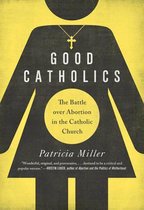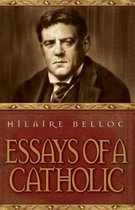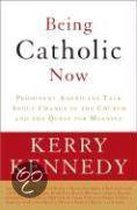The Look of Catholics Portrayals in Popular Culture from the Great Depression to the Cold War
Afbeeldingen
Sla de afbeeldingen overArtikel vergelijken
- Engels
- Paperback
- 9780700636150
- 31 mei 2023
- 296 pagina's
Samenvatting
When John Kennedy ran for president, some Americans thought a Catholic couldn’t—or shouldn’t—win the White House. Credit Bing Crosby, among others, that he did.
For much of American history, Catholics’ perceived allegiance to an international church centered in Rome excluded them from full membership in society, a prejudice as strong as those against blacks and Jews. Now Anthony Burke Smith shows how the intersection of the mass media and the visually rich culture of Catholicism changed that Protestant perception and, in the process, changed American culture.
Smith examines depictions of and by Catholics in American popular culture during the critical period between the Great Depression and the height of the Cold War. He surveys the popular films, television, and photojournalism of the era that reimagined Catholicism as an important, even attractive, element of American life to reveal the deeply political and social meanings of the Catholic presence in popular culture.
Hollywood played a big part in this midcentury Catholicization of the American imagination, and Smith showcases the talents of Catholics who made major contributions to cinema. Leo McCarey’s Oscar-winning film Going My Way, starring the soothing (and Catholic) Bing Crosby, turned the Catholic parish into a vehicle for American dreams, while Pat O’Brien and Spencer Tracy portrayed heroic priests who championed the underclass in some of the era's biggest hits. And even while a filmmaker like John Ford rarely focused on clerics and the Church, Smith reveals how his films gave a distinctly ethnic Catholic accent to his cinematic depictions of American community.
Smith also looks at the efforts of Henry Luce’s influential Life magazine to harness Catholicism to a postwar vision of middle-class prosperity and cultural consensus. And he considers the unexpected success of Bishop Fulton J. Sheen’s prime-time television show Life is Worth Living in the 1950s, which offered a Catholic message that spoke to the anxieties of Cold War audiences.
Revealing images of orthodox belief whose sharpest edges had been softened to suggest tolerance and goodwill, Smith shows how such representations overturned stereotypes of Catholics as un-American. Spanning a time when hot and cold wars challenged Americans’ traditional assumptions about national identity and purpose, his book conveys the visual style, moral confidence, and international character of Catholicism that gave it the cultural authority to represent America.
Productspecificaties
Inhoud
- Taal
- en
- Bindwijze
- Paperback
- Oorspronkelijke releasedatum
- 31 mei 2023
- Aantal pagina's
- 296
- Illustraties
- Nee
Betrokkenen
- Hoofdauteur
- Anthony Burke Smith
- Hoofduitgeverij
- University Press Of Kansas
Overige kenmerken
- Product breedte
- 152 mm
- Product lengte
- 229 mm
- Studieboek
- Nee
- Verpakking breedte
- 152 mm
- Verpakking lengte
- 229 mm
EAN
- EAN
- 9780700636150
Je vindt dit artikel in
- Categorieën
- Taal
- Engels
- Boek, ebook of luisterboek?
- Boek
- Studieboek of algemeen
- Algemene boeken
- Beschikbaarheid
- Leverbaar
Kies gewenste uitvoering
Prijsinformatie en bestellen
De prijs van dit product is 26 euro en 99 cent.- Prijs inclusief verzendkosten, verstuurd door bol
- Ophalen bij een bol afhaalpunt mogelijk
- 30 dagen bedenktijd en gratis retourneren
- Dag en nacht klantenservice
Rapporteer dit artikel
Je wilt melding doen van illegale inhoud over dit artikel:
- Ik wil melding doen als klant
- Ik wil melding doen als autoriteit of trusted flagger
- Ik wil melding doen als partner
- Ik wil melding doen als merkhouder
Geen klant, autoriteit, trusted flagger, merkhouder of partner? Gebruik dan onderstaande link om melding te doen.








